How to avoid solder balls?
By:PCBBUY 07/13/2021 17:34
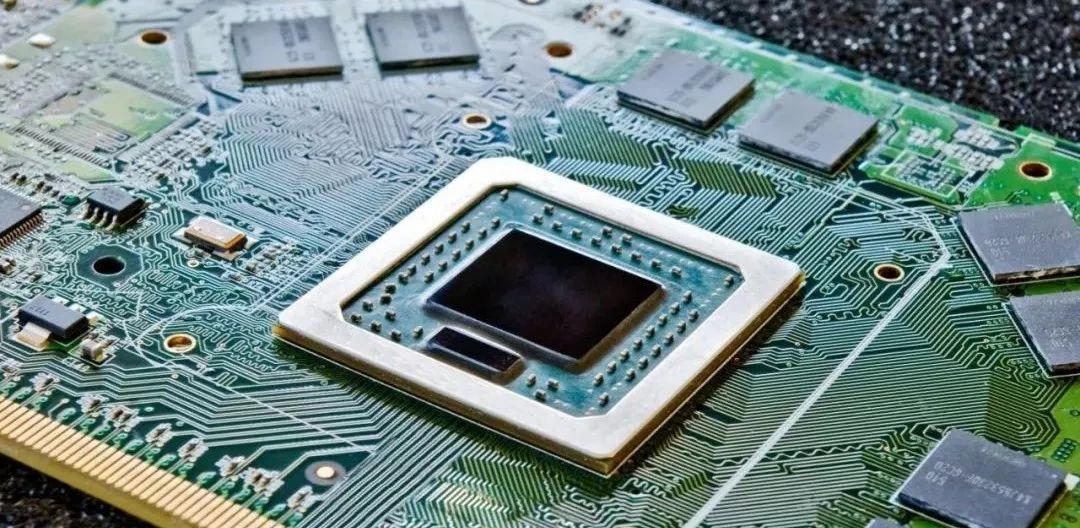
During the PCB manufacturing process, SMT is a very important part to influence the quality of finished products. And there are also some challenges during the process including the development of solder balls. So how to avoid solder balls?
In this passage, we will focus on the topic of solder balls and check our content below for more professional knowledge.
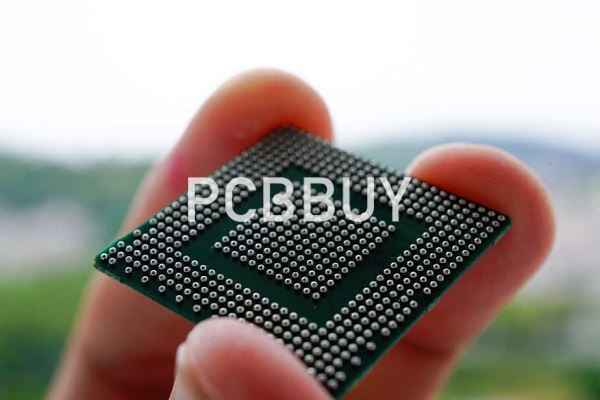
1. PCB Has Moisture
PCB can retain moisture for some causes. Sometimes, storage in humid conditions causes water retention. At other times, the preheat temperature is not hot enough. As a result, the flux doesn't dry properly.
Measures:
To avoid the problems, store PCB in dry conditions. Take care so that moisture and water don't damage the PCB. Also, bake the PCB at 120 C for at least 4 hours before SMT manufacturing.
The thickness of the PCB hole is also necessary. It should be enough to prevent the trapping of water. Ultimately, be careful during the design phase. Use correct pad sizes and spaces.
2. Too Much Flux in Solder Paste
Flux serves an essential function in SMT manufacturing. It eliminates oxidations of metals and cleans surfaces. You can also seal out air and further reduce oxidation. Moreover, flux improves the amalgamation for soldering.
Measures:
It would help if you were careful while using flux in your solder paste. Too much of it can lead to solder balls. You don't want that! Always use flux in the right quantity. Additionally, be sure to choose the proper flux for your application. Flux with lower activities often results in solder balls. So, the correct oxidation is a crucial aspect. Also, use enough heat to melt the solder properly.
3. Improper Preheat Temperature
It would help if you preheated your PCB before SMT manufacturing. The process reduces the thermal impact on the PCB. As a result, the solder paste will evaporate. If this doesn't happen, you can get solder balls on your PCB.
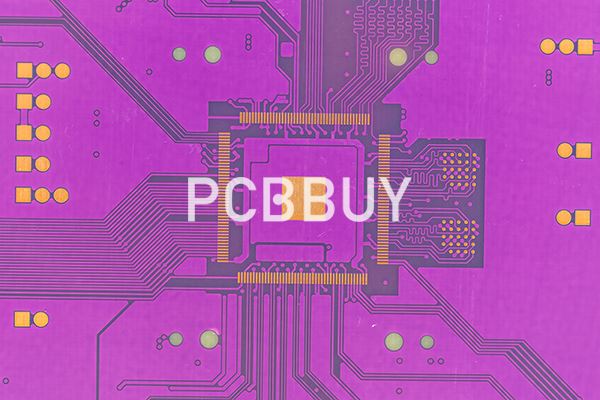
Measures:
There raise the temperature by 1.5 - 2 C from room temperature. Maintain it all the way to reach 150 C. Don't increase the preheat temperature rate too rapidly. That will lead to thermal damage.
A slow preheat rate will eliminate the risks of solder balls from your PCB. It also evenly spreads the solder paste. The flux can even successfully escape the solder paste.
4. Problems in Solder Paste Printing
Several issues during solder paste printing can lead to solder balls. The most common problems are due to stencils that are not clean. It leads the solder paste to attach to places and form solder balls.
Measures:
A clean stencil is a must for quality solder paste printing. Remove all contaminants and solder paste from the stencil before SMT manufacturing. Another issue is stencil sticking to PCB green masking. It happens when you have solder paste under the stencil. To avoid this problem, set a zero gap between PCB and stencil for printing. Also, set the squeeze print pressure to a minimum.
5. Missing Solder Mask between Adjoining Pads
It is the simplest mistake in SMT manufacturing. The absence of a solder mask between adjacent pads can lead to solder balls. Any manufacturer will not want that!
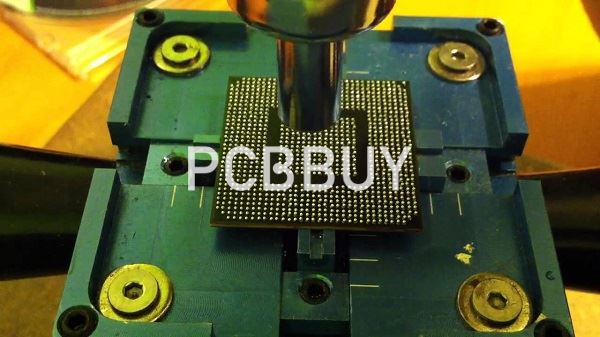
Measures:
The solution to this simple problem is also straightforward. You need to apply the solder paste properly on the PCB. Make sure you don't miss out on areas like spaces between pads. Using quality equipment can reduce the chances of this problem. It would help if you also used a slow preheat temperature rate. That will help spread the solder paste evenly on the PCB surface. It reduces the likelihood of creating gaps.
6. Improper Pad Spacing
Proper pad placement is crucial for SMT manufacturing success. Otherwise, it can lead to the failure of your project. Additionally, you also have the risks of solder balls. The solder balls can cause shorts or even fall off. For this reason, proper placing of pads is essential.
Measures:
You need to adopt caution during the design phase. Design the pads in a way to maintain the required gaps between one another. Using a PCB designing solution makes the job easier. You can program your weaknesses correctly and rule out possibilities of improper spacing. The stencil opening should also match the PCB design. Otherwise, you will end up with solder paste at the wrong places.
7. Residues Left on PCB Surface and Pads
PCB surfaces and pads may be dirty or contain residues. Often, you may find leftover flux on PCB or pillows after getting your batch. It can lead to many problems, including solder balls.
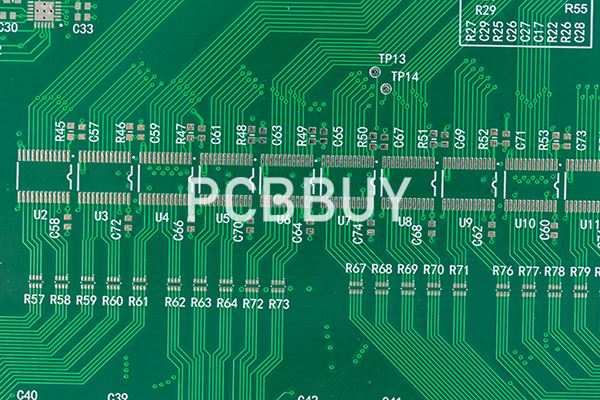
Measures:
It would help if you made it a point to clean your PCB. Manufacturers use industrial processes to remove all residues from PCB. Then they use the reflow soldering process. The process ensures you don't use any extra solder that can form residues. Always check if your PCB is clean. If you find residues, please clean it using professional solutions.
8. Issues with Stencil Dimensions
It would help if you used the right stencil for SMT manufacturing. The thickness of the stencil is of utmost importance. Stencils that are too thick can hamper soldering. It will also lead to the formation of solder balls.
Measures:
It would help if you chose the right stencil thickness. Consider your SMDs to select the right stencil width. Don't go for stencils that are too thick. Use relatively thin stencils. Additionally, keep an eye on stencil opening ratios and shapes. Any discrepancy here can result in solder balls. So, make sure the stencil apertures ratios are accurate.
Industry Category











